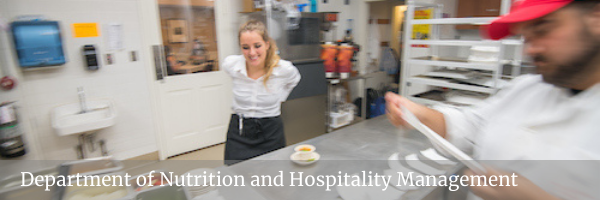
Faculty and Student Publications
Document Type
Article
Publication Date
8-1-2021
Abstract
The prevalence of obesity is increasing across the world. Knowledge of the actual energy expenditure (EE) of walking and running can lead to a more precise exercise prescription which may contribute to obesity reduction or avoidance. Limited research has focused on EE prediction during walking or running in Asian adults. So, the aims of this study included developing an EE prediction equation and cross-validating the equation for Asian adults. Methods: A total of 85 Asians participated to test EE through indirect calorimetry. Linear regression analysis was employed for EE prediction, and a dependent t-test and Chow statistical test were used to cross-validate the equation. Results: Predicting EE during walking or running, corrected for one mile, yielded the following equation: EE = 0.933 * (Body Weight) – 4.127 * Gender (M = 1, F = 2) + 44.256 (standard error of estimate, SEE = 12.1 kcal·mile-1). A dependent t-test revealed no significant difference between measured EE (101.4 ± 4.3 kcal) and predicted EE (100.0 ± 2.8 kcal) (p = 0.546). Also, the coefficients for body weight and gender between the development prediction equation and the predicted equation in the cross-validation group were not significantly different (p = 0.365). Conclusion: The cross-validation results supported the validity of our predicted equation in Asians. In a practical field setting, exercise professionals could apply this equation for assessing EE during walking or running, corrected for one mile, in normal weight (body fat percentage ≤ 22 for males, ≤ 35 for females) and overweight (body fat percentage > 22 for males, > 35 for females) Asian adults.
Relational Format
article
Recommended Citation
Jin Xi, Carithers T, Loftin M. Prediction and Cross-validation of an Energy Expenditure Equation in Walking or Running in Asian Adults. Int J Exerc Sci. 2021 Aug 1;14(7):932-940. PMID: 34567385; PMCID: PMC8439706.
Accessibility Status
Searchable text


Comments
The Article Processing Charge (APC) for this article was partially funded by the UM Libraries Open Access Fund.